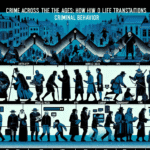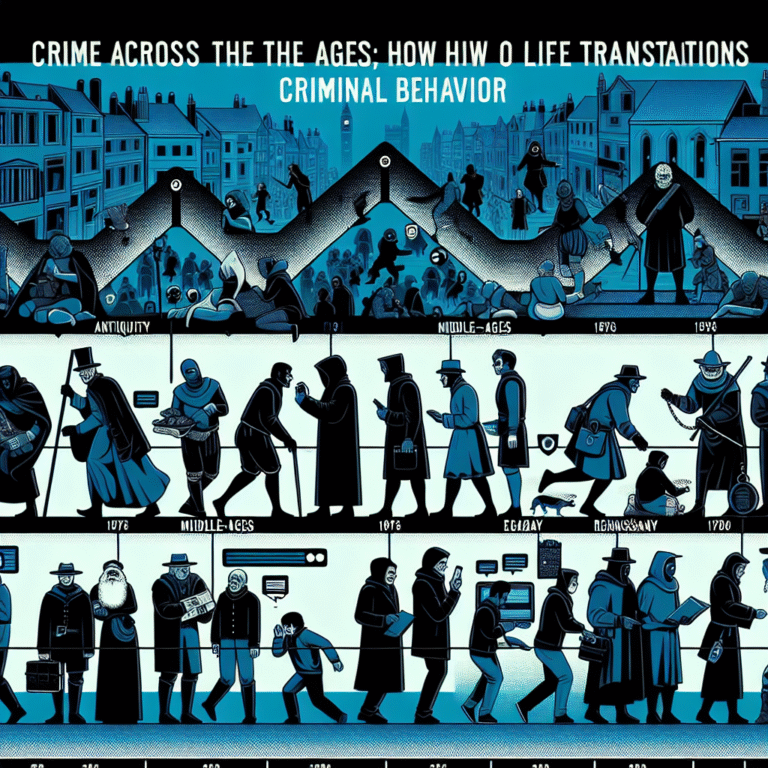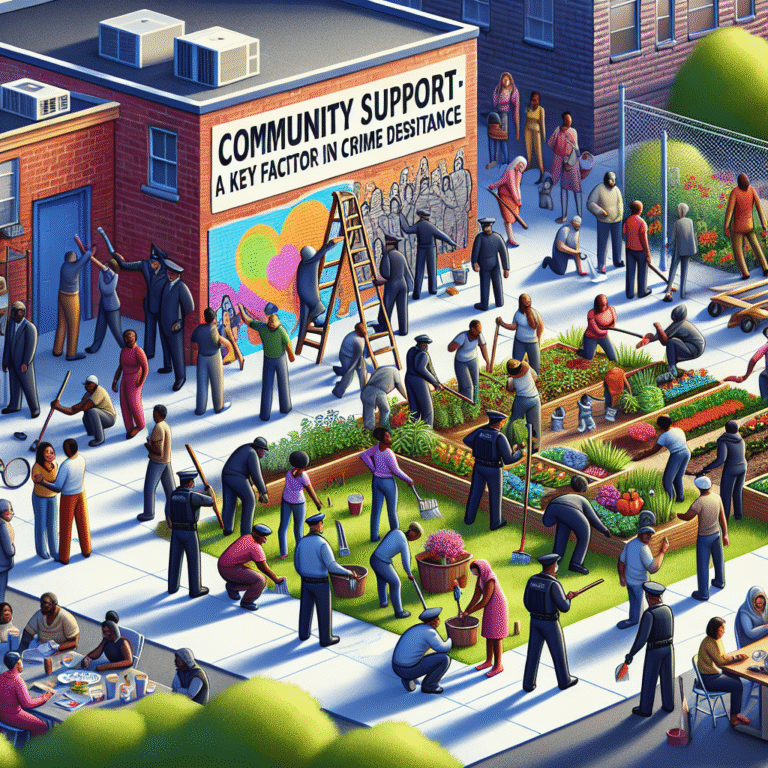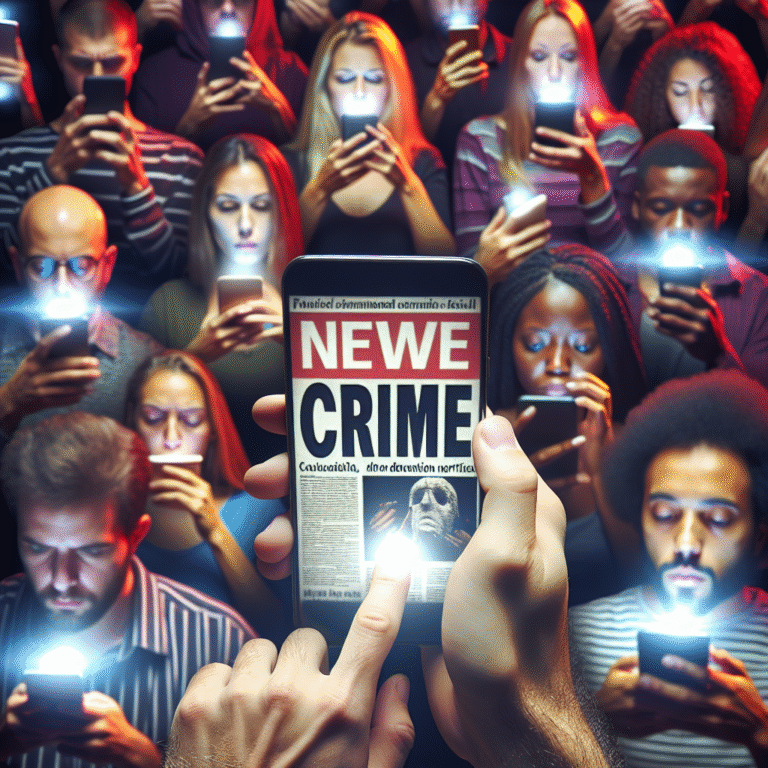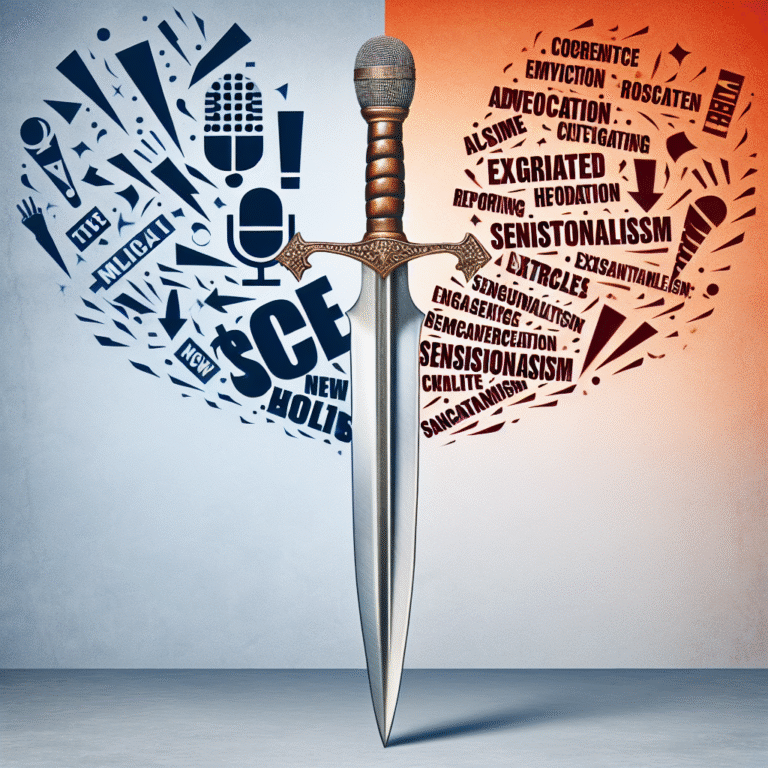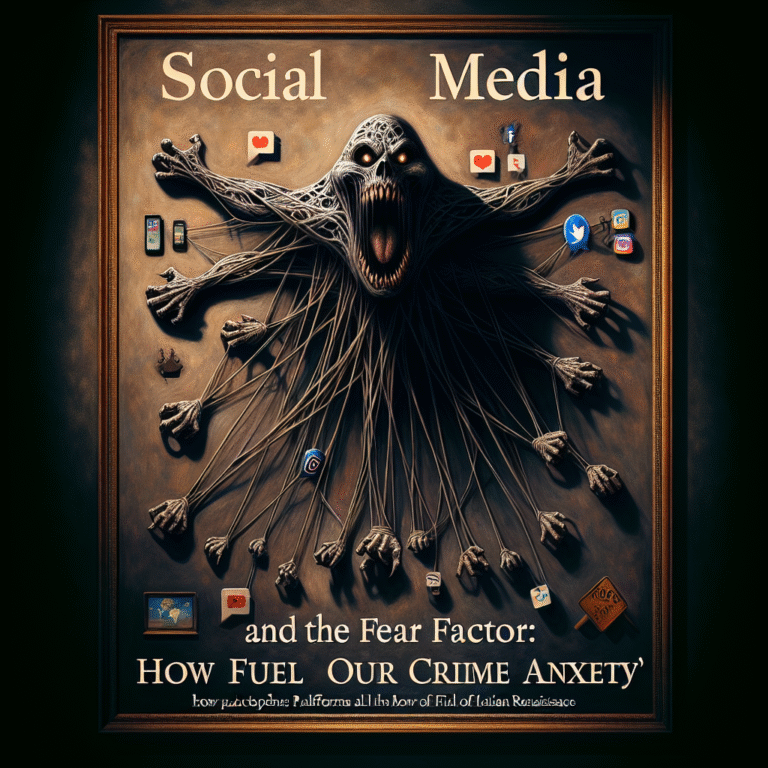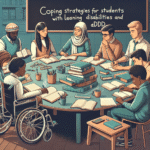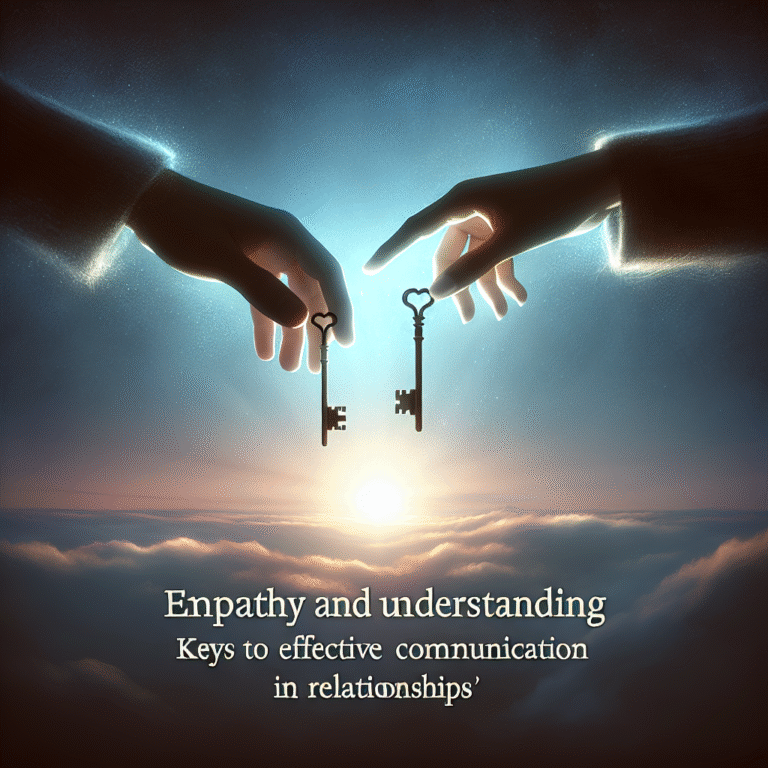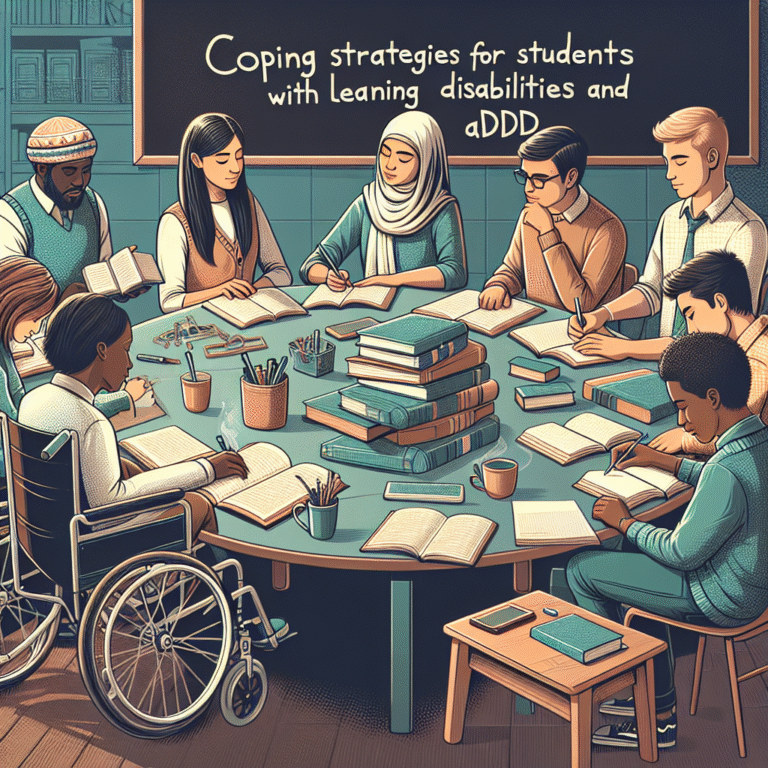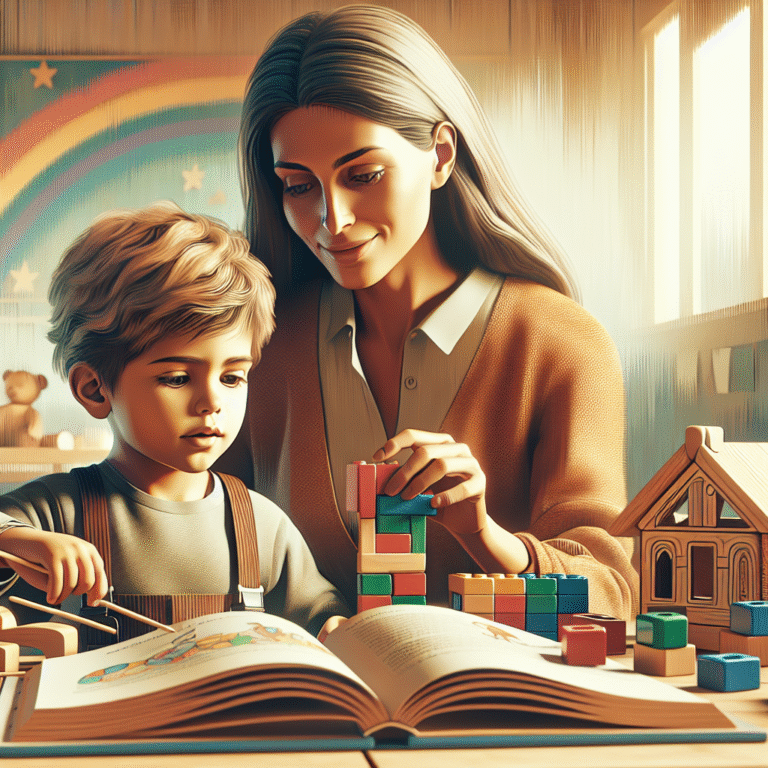
Introduction
Have you ever wondered how someone can pick up a new skill just by watching others? Consider a child learning to tie their shoes by imitating a parent or an employee mastering new software by observing a colleague. This fascinating capacity to learn vicariously through observation is the essence of social learning. Modeling behavior serves as a profound mechanism for human development, and understanding its core principles can transform how we teach, parent, and lead.
In this comprehensive guide, titled Modeling Behavior: The Core Principles of Social Learning Theory Explained, we will delve deep into the foundations and applications of social learning theory. From the groundbreaking work of Albert Bandura to modern implications in education and psychology, this article aims to provide you with unique insights and practical applications of these critical principles.
The Heart of Social Learning Theory
Understanding Social Learning Theory
Social Learning Theory (SLT), pioneered by Albert Bandura in the 1960s, demonstrates that learning occurs not only through direct experience but also through observation and imitation. According to Bandura, human behavior is influenced by the interplay between personal factors, environmental contexts, and behaviors. Bandura’s famous Bobo doll experiment illustrated that children can learn aggressive behaviors simply by observing adults act aggressively towards a doll.
Core Components of Social Learning Theory
-
Attention: For modeling to occur, individuals must first pay attention to the behavior being demonstrated. Factors influencing attention include the attractiveness or status of the model and the complexity of the behavior.
-
Retention: Beyond merely witnessing behavior, individuals must be able to remember it. This involves cognitive processes where the observer encodes and stores the information.
-
Reproduction: After retaining observed behavior, individuals must then have the motor skills to reproduce it. This step is crucial for the successful imitation of the modeled behavior.
- Motivation: Lastly, motivation plays a key role. A person may need incentives or reinforcement to adapt the behavior they have observed. This can come in the form of rewards, social approval, or personal satisfaction.
Case Study: Bandura’s Bobo Doll Experiment
Bandura’s pivotal Bobo doll experiment involved children who were divided into groups based on the observed behavior of adults interacting with the doll. The results showed a clear trend: children who observed aggressive adults were more likely to exhibit similar aggressive behaviors themselves.
Relevance: This study underscores the critical relationship between observation and behavior in children, shaping our understanding of early learning environments in both home and educational settings.
| Component | Description | Outcome |
|---|---|---|
| Attention | Children watched adults interact with the doll | Children who observed aggression were more likely to imitate it |
| Retention | Ability to recall observed behavior | Increased retention resulted in a higher imitation rate |
| Reproduction | Children acted out the aggressive behaviors | Immediacy of physical ability influenced replication |
| Motivation | Introduction of rewards or peer feedback | Higher motivation led to increased likelihood of repetition |
Practical Applications of Social Learning Theory
The principles of modeling behavior are integral in various contexts, from education to psychological interventions and workplace training.
1. Education
In educational settings, teachers can use modeling as a teaching strategy. For instance, demonstrating thought processes during problem-solving encourages students to develop similar problem-solving skills.
Classroom Application: Peer Teaching
Peer teaching employs social learning principles effectively. When students explain concepts to one another, they not only reinforce their learning but also develop perspective-taking and communication skills.
2. Parenting
Parents are often the first models children observe. By exhibiting positive behaviors, such as empathy, kindness, and perseverance, parents can lay the groundwork for children to adopt these traits.
Case Study: Parental Influence on Social Behavior
Research highlights that children exposed to nurturing and supportive parenting are more likely to develop positive social skills. For example, a child who observes their parent openly expressing gratitude is more likely to do so themselves.
3. Corporate Training
In the workplace, organizations often employ social learning to enhance skills. Training programs can include mentorship, where experienced employees model desired behaviors for less experienced colleagues.
Example: The IBM Mentorship Program
IBM has successfully implemented a mentorship program where seasoned employees guide new hires in navigating complex projects and corporate culture through modeling behavior. This has led to increased job satisfaction and enhanced productivity.
Key Challenges in Modeling Behavior
Despite its benefits, several challenges can hinder effective modeling:
-
Inconsistent Models: If individuals observe contradictory behaviors in different contexts, they may become confused about which behavior to adopt.
-
Negative Models: Observing undesirable behaviors can lead to the imitation of negative actions unless adequate counter-models are presented.
- Cognitive Overload: In complex situations, the sheer amount of information can overwhelm individuals, making it difficult to retain and reproduce observed behaviors.
Strategies for Overcoming Challenges
- Provide Clear Examples: Use explicit examples that clarify expected behaviors.
- Encourage Positive Role Models: Promote models that reflect desirable societal values.
- Break Down Complex Behaviors: Simplify behaviors into smaller, manageable parts to enhance retention and reproduction.
Future Directions in Social Learning Theory
The landscape of social learning theory continues to evolve, particularly with advancements in technology and social media. Here are some emerging trends:
1. Digital Learning Environments
As online learning platforms become more prevalent, the principles of modeling behavior are increasingly relevant. Platforms like Coursera and Khan Academy utilize video tutorials where experts model skills and knowledge.
2. Social Media Influence
Social media has changed the dynamics of social learning, with influencers serving as modern-day models. The implications can be both positive (inspiring behaviors) and negative (promoting harmful trends).
3. Virtual Reality
The integration of virtual reality (VR) in education and training can enhance the modeling experience by allowing individuals to observe and practice behaviors in simulated environments safely.
Conclusion
The exploration of modeling behavior and the core principles of social learning theory reveals its intricate web of influence across various domains of life. By understanding and applying these principles, we have the power to shape positive behaviors in education, parenting, and workplaces.
Whether you’re a parent, educator, or manager, fostering an environment enriched by observational learning could be a game-changer. So, the next time you engage in teaching or leadership, remember that you’re not just imparting information; you’re modeling essential life skills that can make a lasting impact on those around you.
FAQs
1. What is the main theory behind social learning?
Social learning theory posits that individuals learn behaviors and attitudes through observation and modeling rather than just through direct experience.
2. How can I apply social learning theory in the classroom?
You can apply social learning theory by demonstrating behaviors you wish students to adopt, encouraging peer teaching, and providing opportunities for collaborative learning.
3. What role does reinforcement play in social learning?
Reinforcement can enhance the likelihood of repeated behavior. Positive reinforcement can motivate individuals to adopt modeled behaviors, while lack of reinforcement may discourage them.
4. Can negative behaviors be modeled?
Yes, negative behaviors can be modeled; this highlights the importance of presenting positive role models and counter-examples in learning environments.
5. How does social media impact social learning?
Social media serves as a platform for modeling behaviors, both positive and negative. It can influence how individuals adopt behaviors based on the content they consume.
In summary, the principles of modeling behavior offer invaluable insights that can be harnessed for positive change across diverse settings. By understanding and implementing these principles, we empower ourselves and those around us to learn and grow in meaningful ways.
